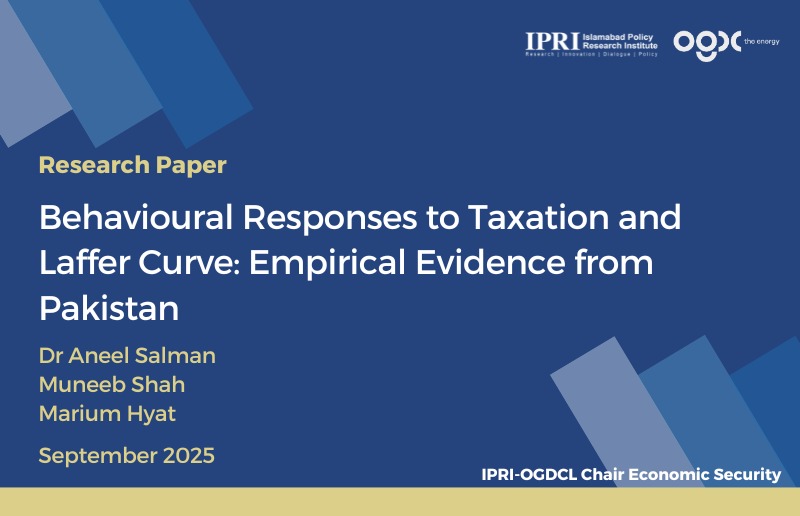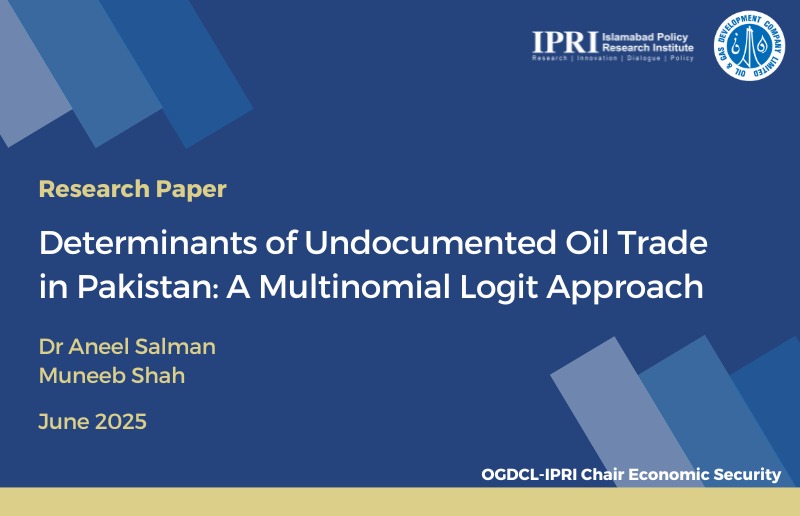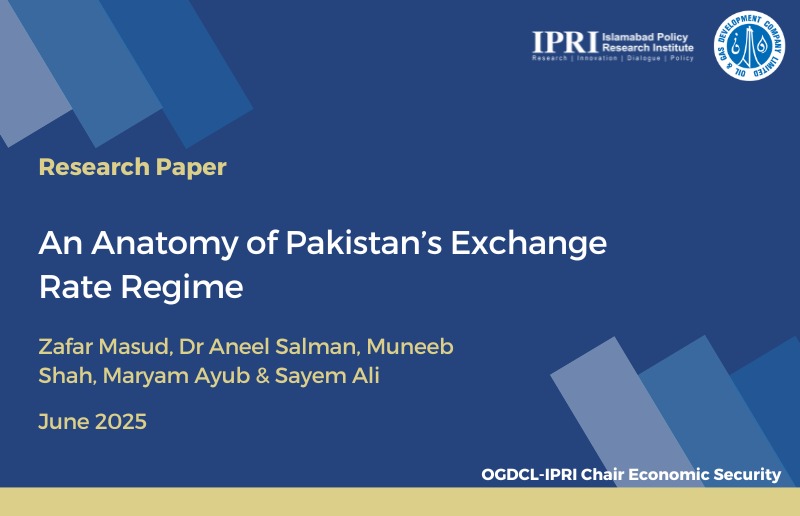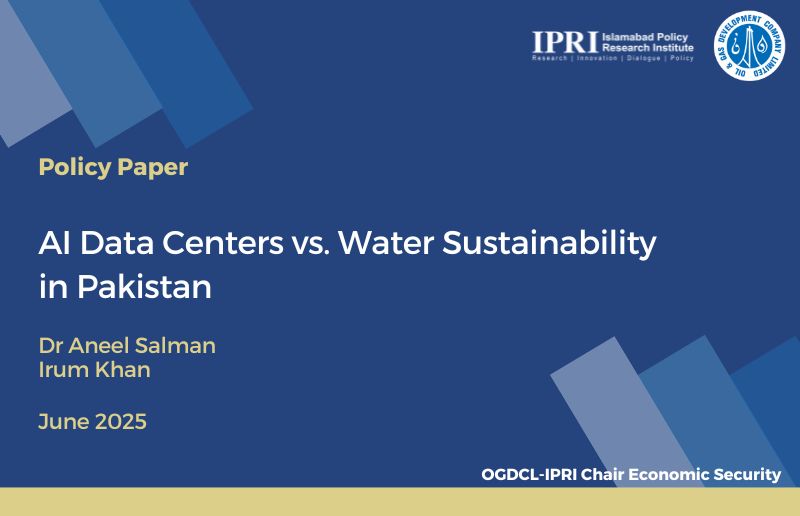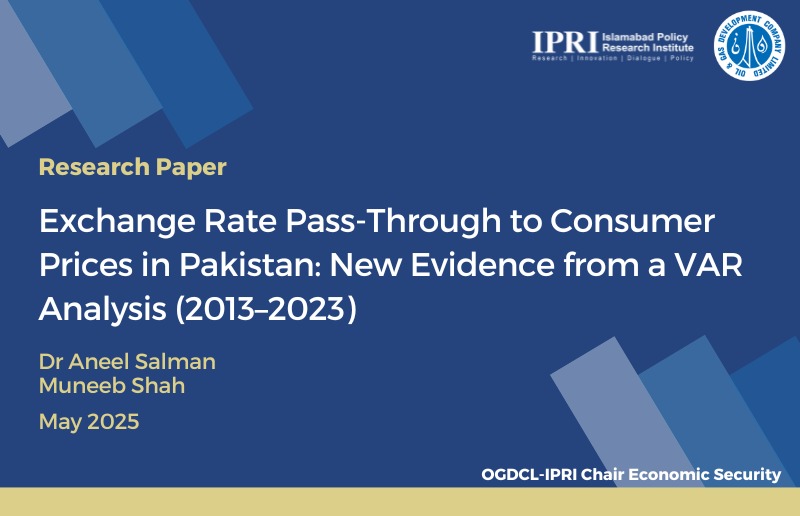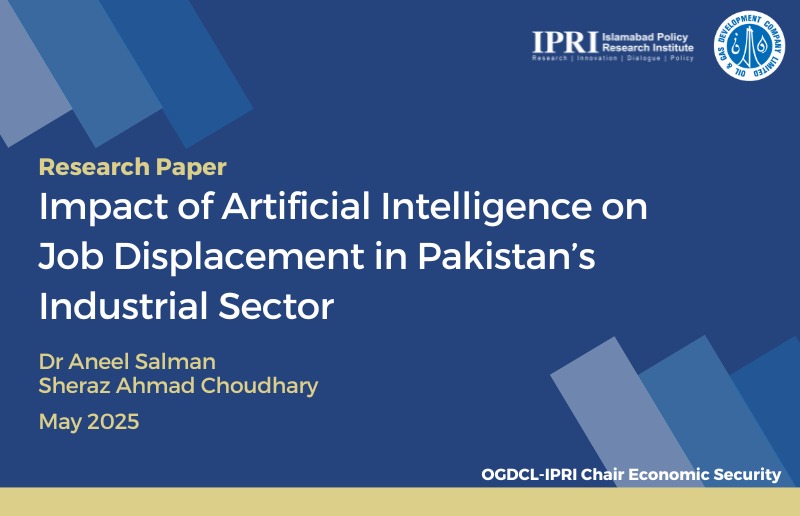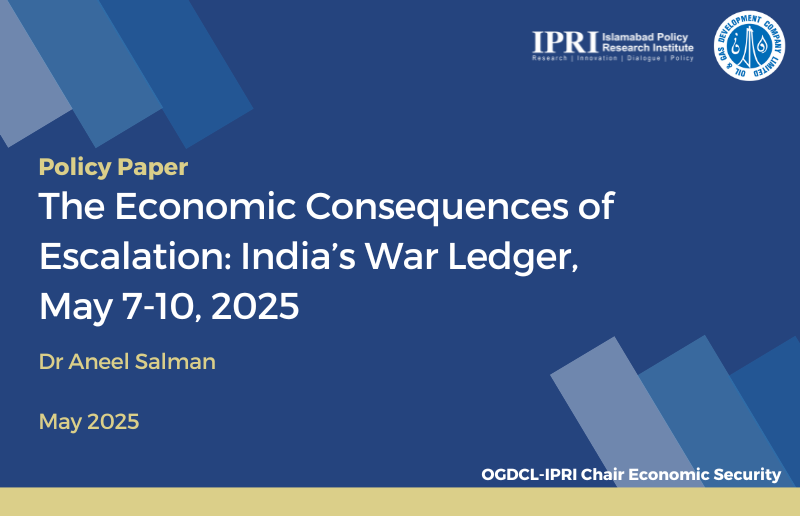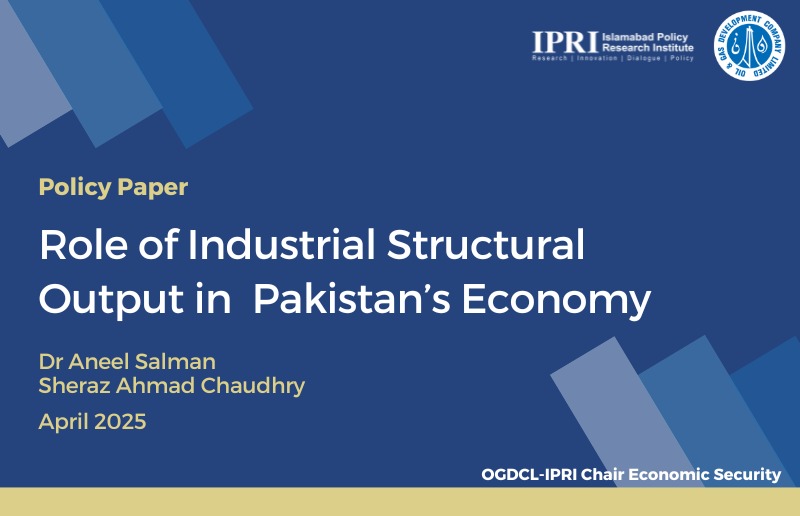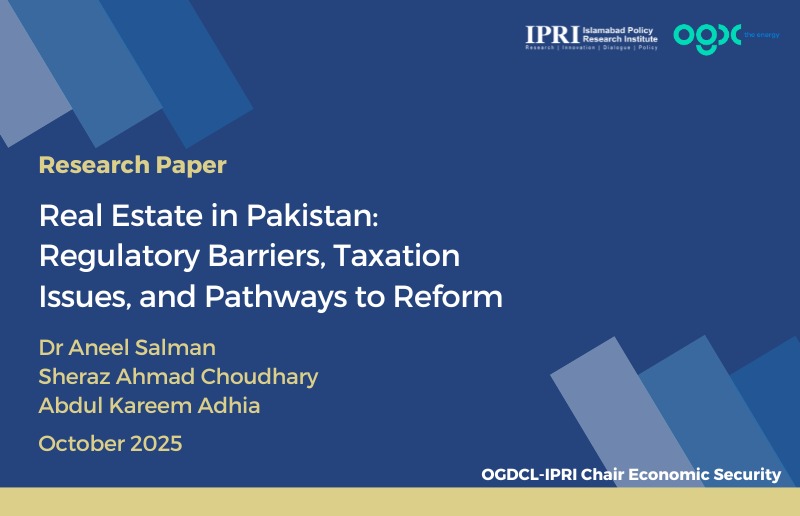
Download
This paper provides a textual analysis of Pakistan's Nationally Determined Contribution (NDC 3.0), identifying the most prominent themes and significant gaps. Pakistan's NDC 3.0 aims to reach its 2035 target by mitigating 50% of GHG emissions by 2035 (17% unconditional, 33% conditional),…

